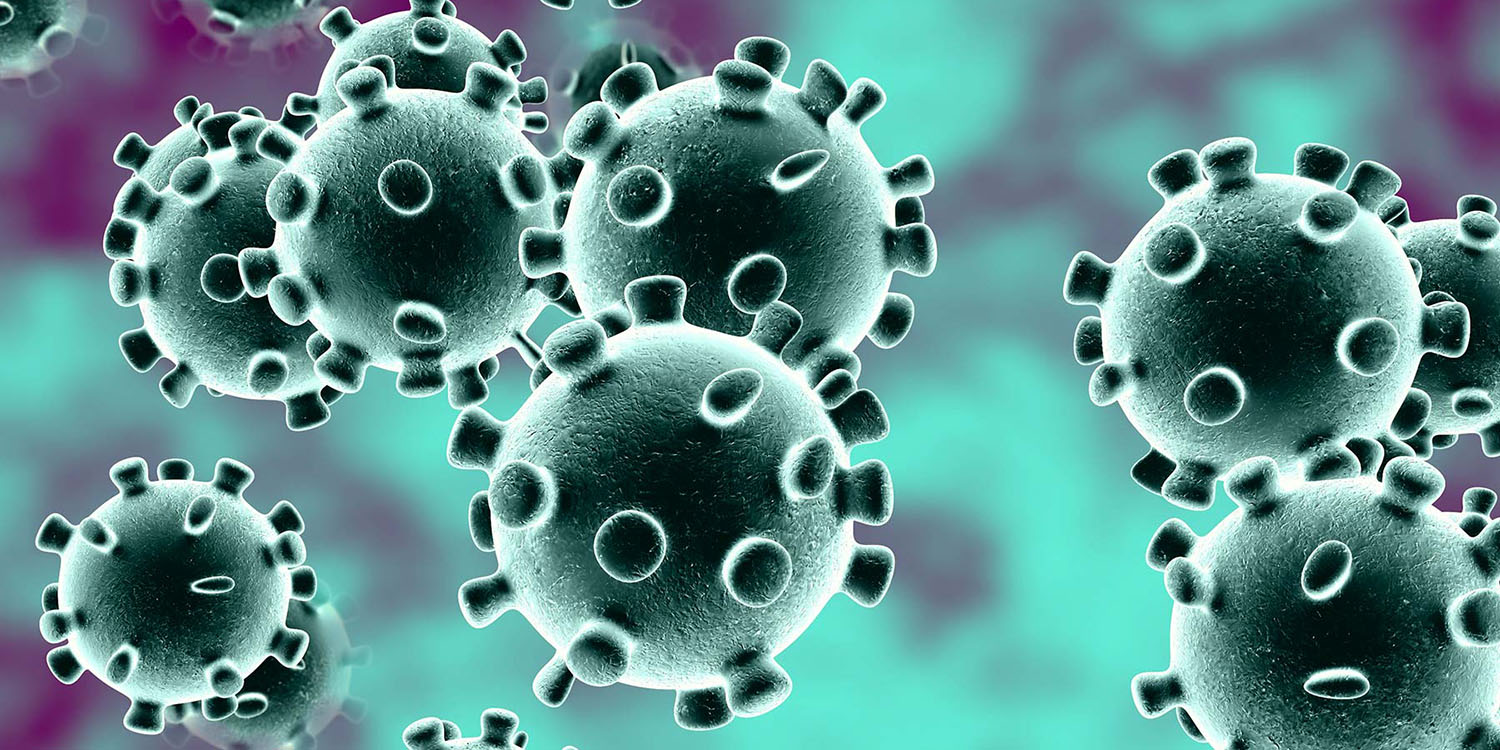
TSMC says business as usual; Facebook acts on coronavirus hoaxes
by Ben LovejoyApple A-series chip supplier TSMC has said that production in its Chinese facilities remains on track despite the coronavirus outbreak impacting output at a number of factories in the country…
Digitimes carries the report.
Many Taiwan-based IT firms are feeling the heat from the coronavirus outbreak that is delaying their production from returning normal following Lunar New Year. But TSMC and UMC have revealed that their fabs in China have been running as usual.
Despite the foundry houses’ reassuring revelations, many Taiwanese IC designers have turned cautious about their first-quarter 2020 performances, with some already lowering their sales guidance. For the displays industry, the virus-imposed lockdown of Wuhan may have serious consequences, as the Chinese city is home to several major LCD and OLED panel fabs of China-based makers.
Taiwan Semiconductor Manufacturing Company (TSMC) and United Microelectronics (UMC) have both said that production at their fabs in China stays on track and has not been affected by the coronavirus outbreak.
Some other companies are indicating a 5-10% hit to production as they keep workers away after the Chinese new year holiday in order to limit the spread of the virus.
The coronavirus is serious, the World Health Organization (WHO) declaring it a global health emergency, but some are using the outbreak to promote stupid conspiracy theories and other misinformation. Facebook says it is now taking down coronavirus hoaxes, like a particularly dangerous one suggesting people should drink bleach.
We will also start to remove content with false claims or conspiracy theories that have been flagged by leading global health organizations and local health authorities that could cause harm to people who believe them. We are doing this as an extension of our existing policies to remove content that could cause physical harm. We’re focusing on claims that are designed to discourage treatment or taking appropriate precautions. This includes claims related to false cures or prevention methods — like drinking bleach cures the coronavirus — or claims that create confusion about health resources that are available. We will also block or restrict hashtags used to spread misinformation on Instagram, and are conducting proactive sweeps to find and remove as much of this content as we can.
There’s a lot we don’t know yet, but the facts as they are currently understood is that this new coronavirus is somewhat more dangerous than flu but far less dangerous than SARS.
We don’t yet know how dangerous the new coronavirus is – and we won’t know until more data comes in. The 170 deaths out of 7,736 reported cases would mean a 2% mortality rate. However, this is likely to be a overestimate since there may be a far larger pool of people who have been infected by the virus but who have not suffered severe enough symptoms to attend hospital and so have not been counted in the data. For comparison, seasonal flu typically has a mortality rate below 1% and is thought to cause about 400,000 deaths each year globally. Sars had a death rate of more than 10%. Another key unknown, of which scientists should get a clearer idea in the coming weeks, is how contagious the coronavirus is. A crucial difference is that unlike flu, there is no vaccine for the new coronavirus, which means it is more difficult for vulnerable members of the population – elderly people or those with existing respiratory or immune problems – to protect themselves. Hand-washing and keeping away from people if you feel unwell are important. One sensible step is to get the flu vaccine, which will reduce the burden on health services if the outbreak turns into a wider epidemic.
Image: WebMD